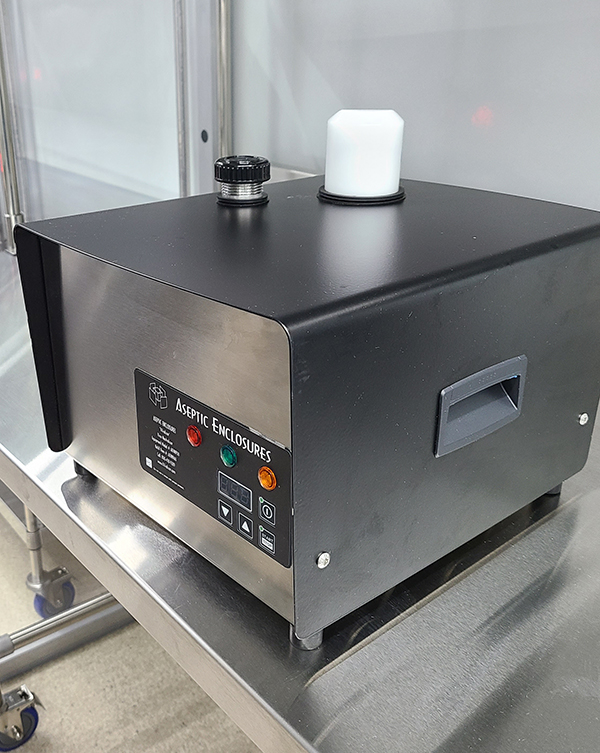The hospital acquired infections are very common in any health care setting due to certain bacteria, viruses and fungi. In order to find out a solution to this problem, this preliminary study was designed to find out the efficiency of hydrogen peroxide fumigation in reducing the number of microorganisms and improving the disinfection of hospital rooms.
Nosocomial infections in the ICU serve as a substantial health threat to patients. The ICU infections significantly contribute to the extended hospital delay, which results in increased morbidities and mortalities. These infections require the utilization of higher resources, which emphasize the introduction of efficient infection control methods. These methods will assist in improving clinical outcomes and enhancing the effective use of ICU resources [1]. Evidence-based interventions to decrease infection rates have been initiated in many settings, which requires crucial steps related to staff education and routine cleaning and disinfection programs. Infection control in the ICU is a developing subject for research, a comprehensive approach, including infection prevention committees, antimicrobial stewardship programs, daily reassessments-intervention bundles, identifying and minimizing risk factors, and continuing staff education programs.
A recent study reported almost 95% rooms cultured (environmental surfaces) after patient was discharged revealed microorganism growth, and more importantly 80% after terminal cleaning. After treating all surfaces with Hydrogen Peroxide fumigation revealed growths of microorganisms like bacteria and fungi on the culture plates of slightly under 2% of the collected samples. The highest rate of room contamination was found in the rooms where the patients had stayed for a longer period of time.
The difference in microbial load evaluates the efficacy of the disinfection procedure before and after decontamination. The nursing staff of the ICU unit collected samples for most high-touch surfaces and sent them to the Microbiological Laboratory for analysis.
Conclusion: Hydrogen peroxide fumigation has been proved to be an efficient disinfectant in a health care setting.
The HAI prevention measures are fairly similar, if not the same to the COVID-19 safety measures. The ViTralizer uses Hydrogen Peroxide to disinfect the targeted areas. Vaporized Hydrogen Peroxide is registered by the U.S. Environmental Protection Agency as a sterilant, which the EPA defines as “a substance that destroys or eliminates all forms of microbial life in the inanimate environment, including all forms of vegetative bacteria, bacterial spores, fungi, fungal spores, and viruses“.
Simply fill, set the room size, push start, and leave the room. The ViTralizer is capable of sanitizing over 17,000 cubic feet (2,125 Square Feet @ 8 ft ceilings) in one run. In less than an hour, patients can safely return to the now sanitized area, with greatly reduced risks for hospital acquired infection.
Contact us at 800-418-9289 and we’ll be happy to provide further information and details.
